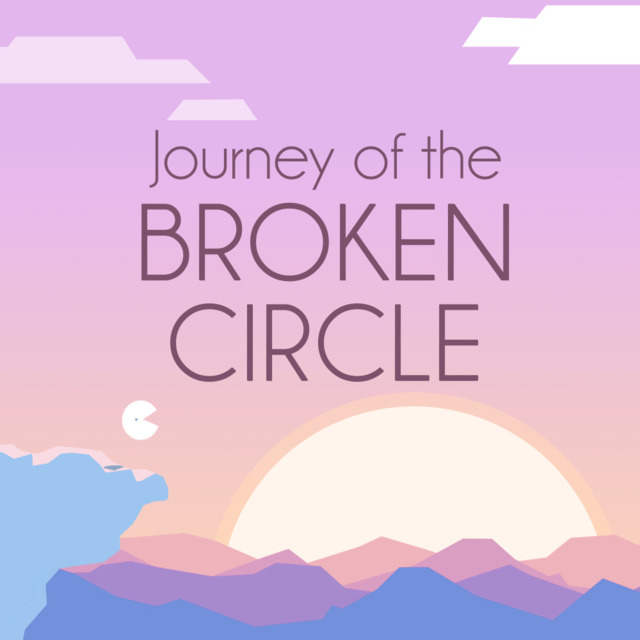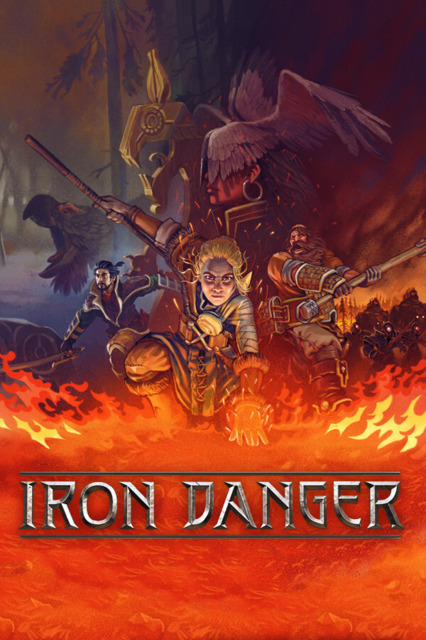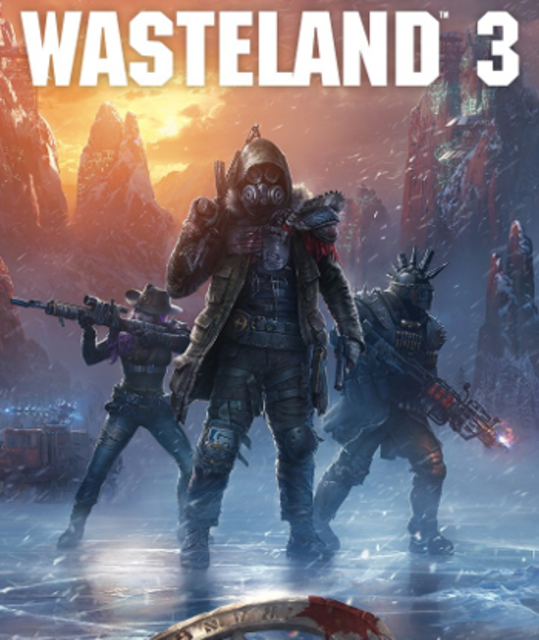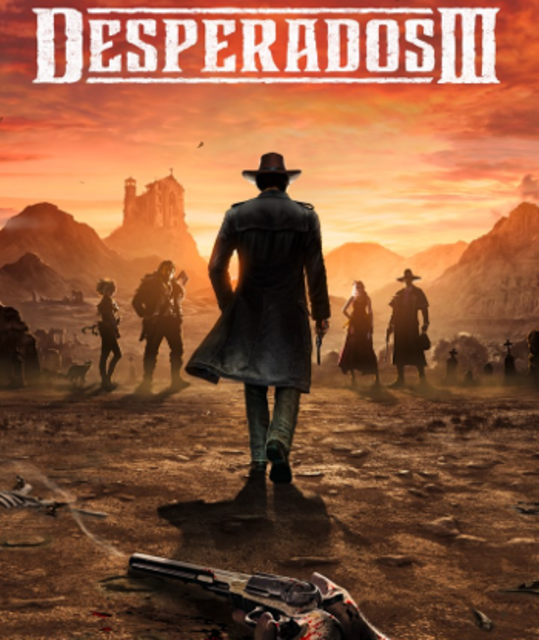Games of the Year, 2020
Well, I've finally finished putting in time with every 2020 game I was interested in seeing. Despite 2020 being a terrifying hellscape of a year, there were a lot of games I wanted to see! However, from this point forward I plan to switch my format from "Games of the Year, 202x" to "The Best Games I Played in 202x." Although such a list would only include the games I'd gotten around to, I would be able to publish it closer to the end of the year in question. It might also include games from previous years. For context, I played some portion of around 163 games to compile this list. It's become too anxiety-producing for me to try and see everything that I'm interested in, as I continue to pursue the ever-elusive "life balance."
With that being said, I'm proud of this list, and I hope you'll find a game or two to try that slipped under your radar during the craziness that was 2020.










